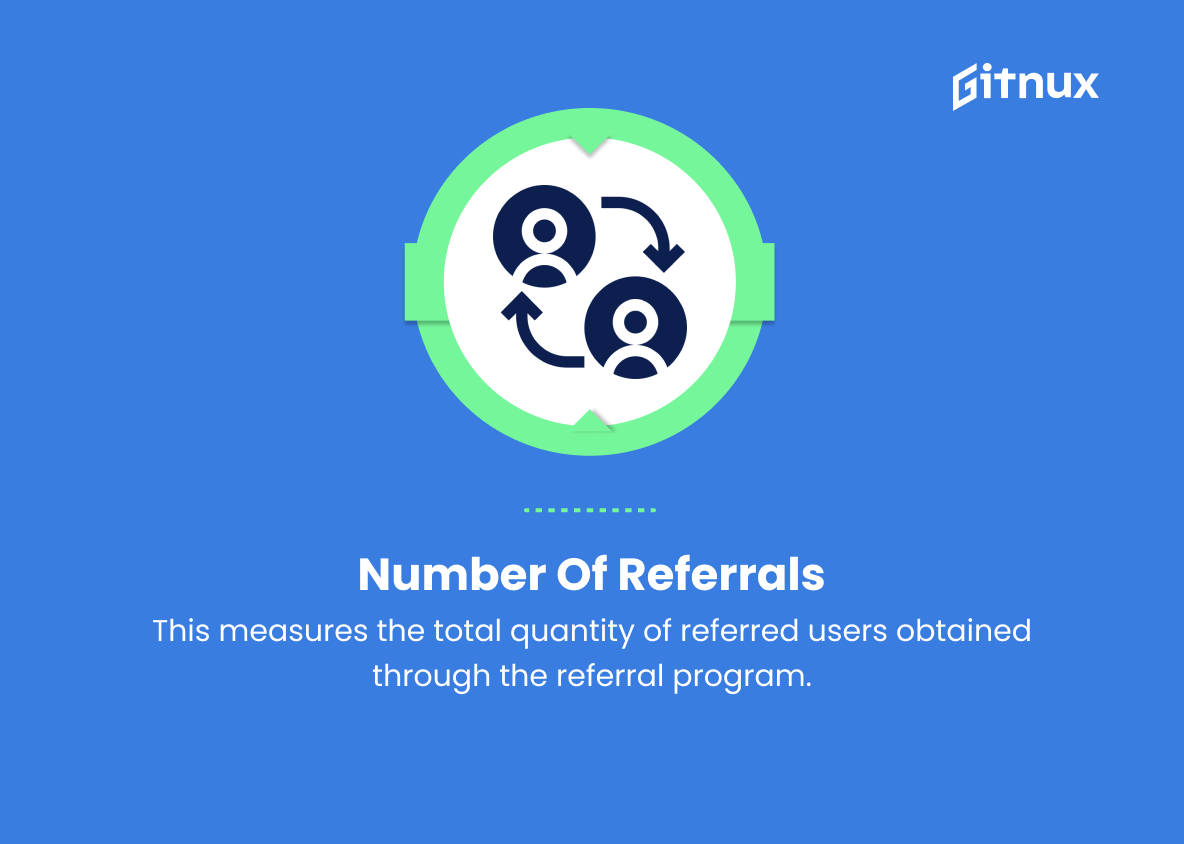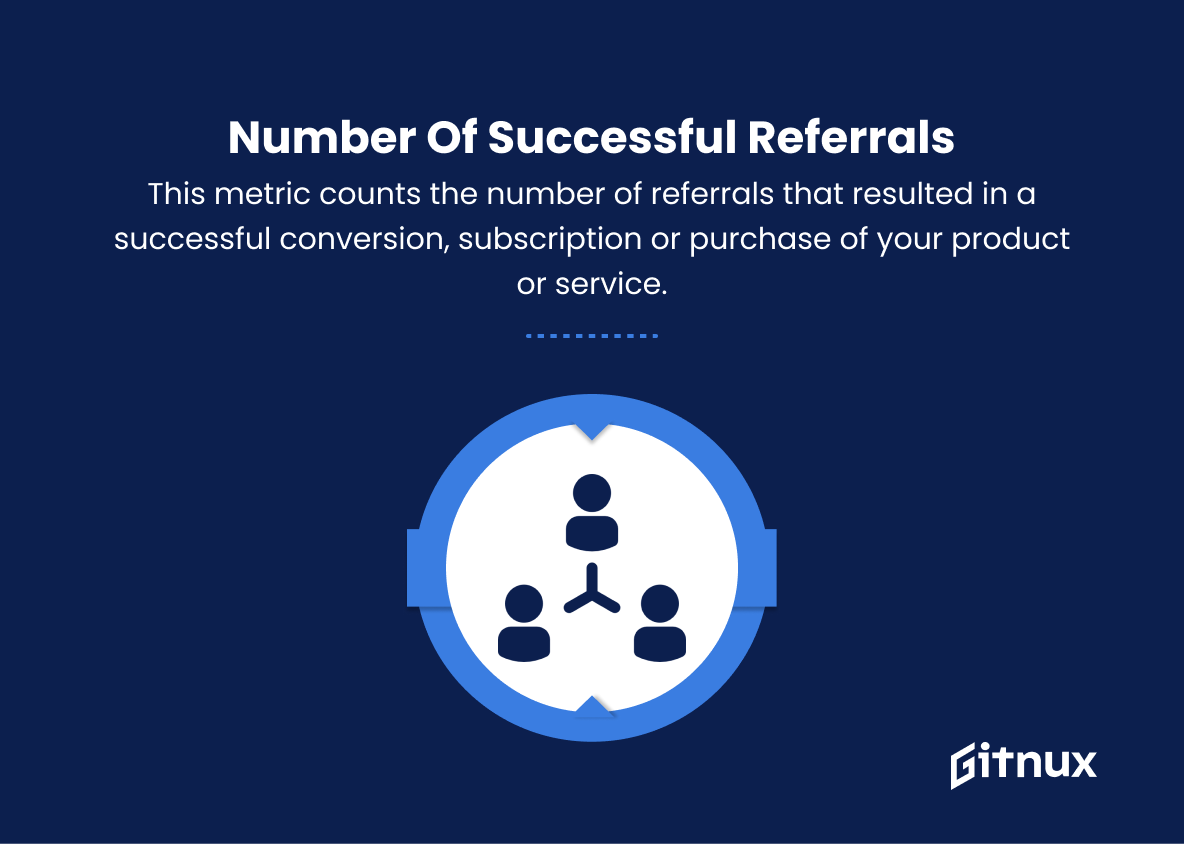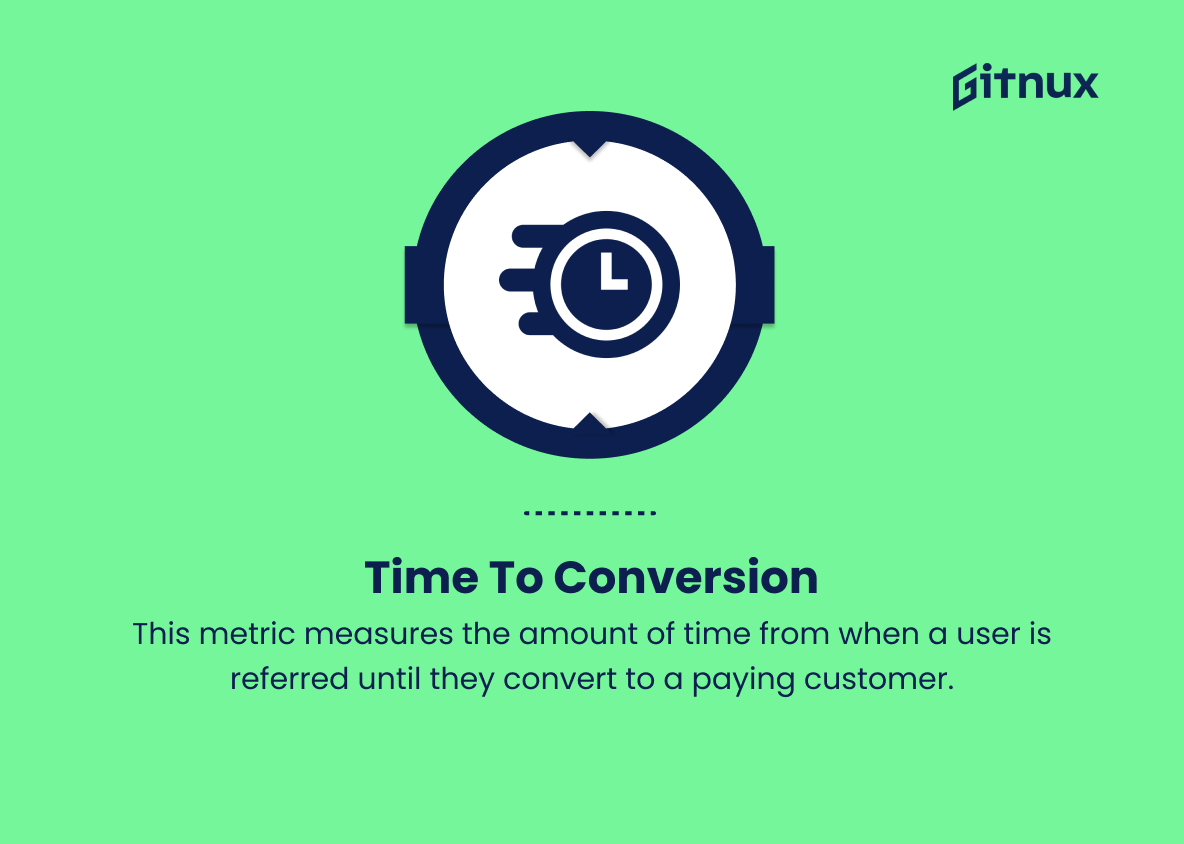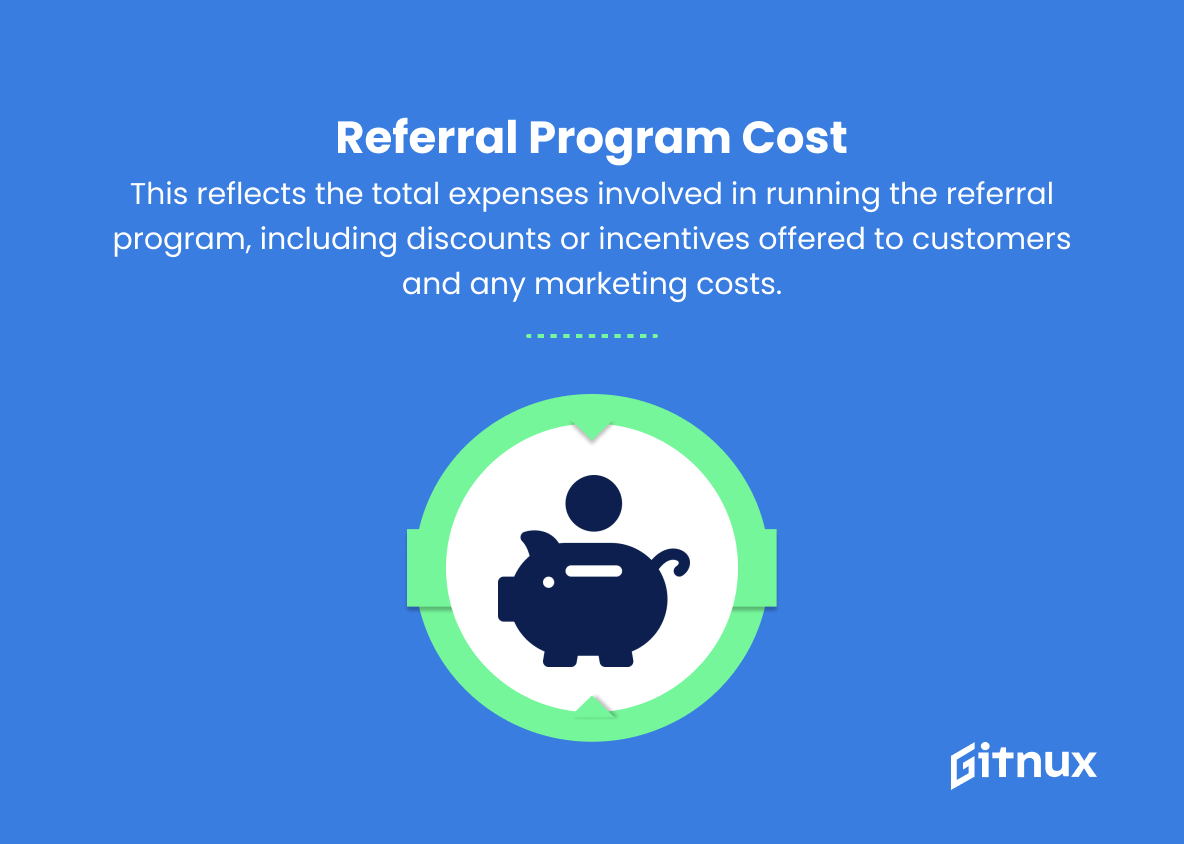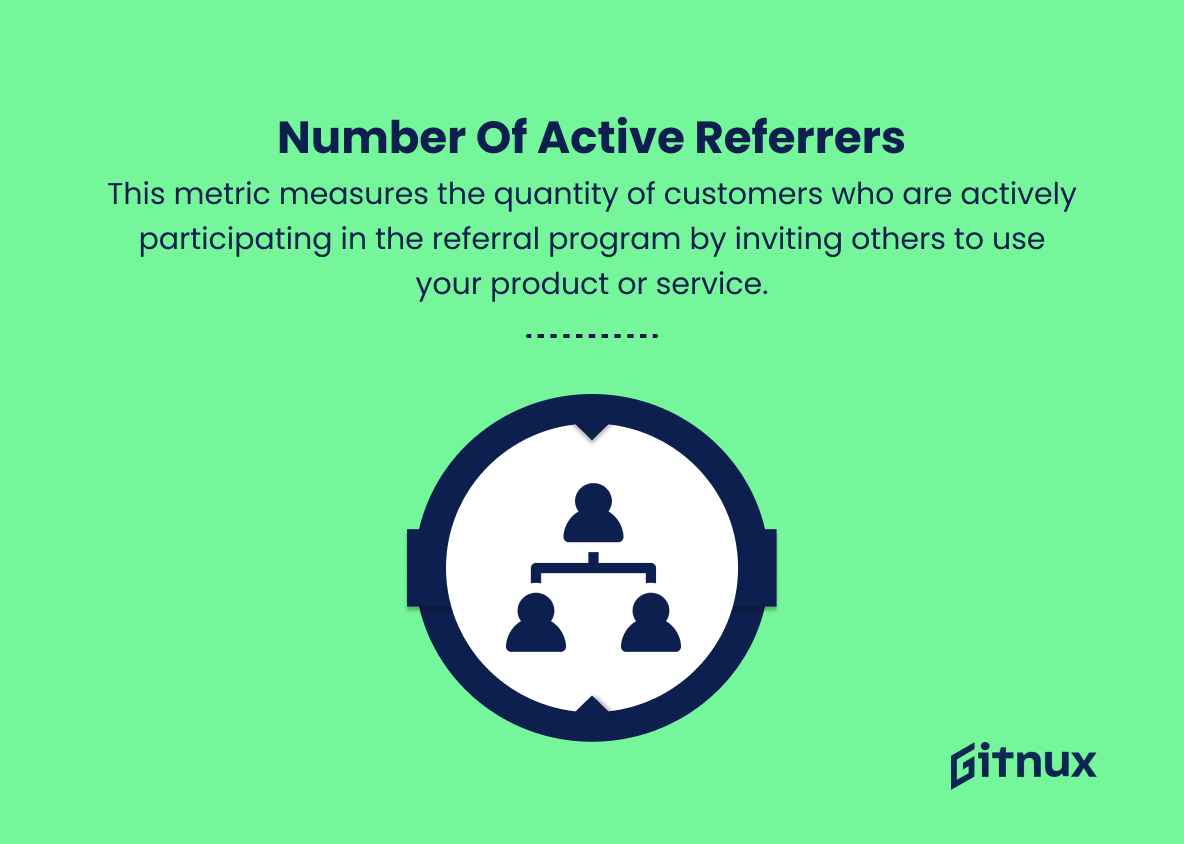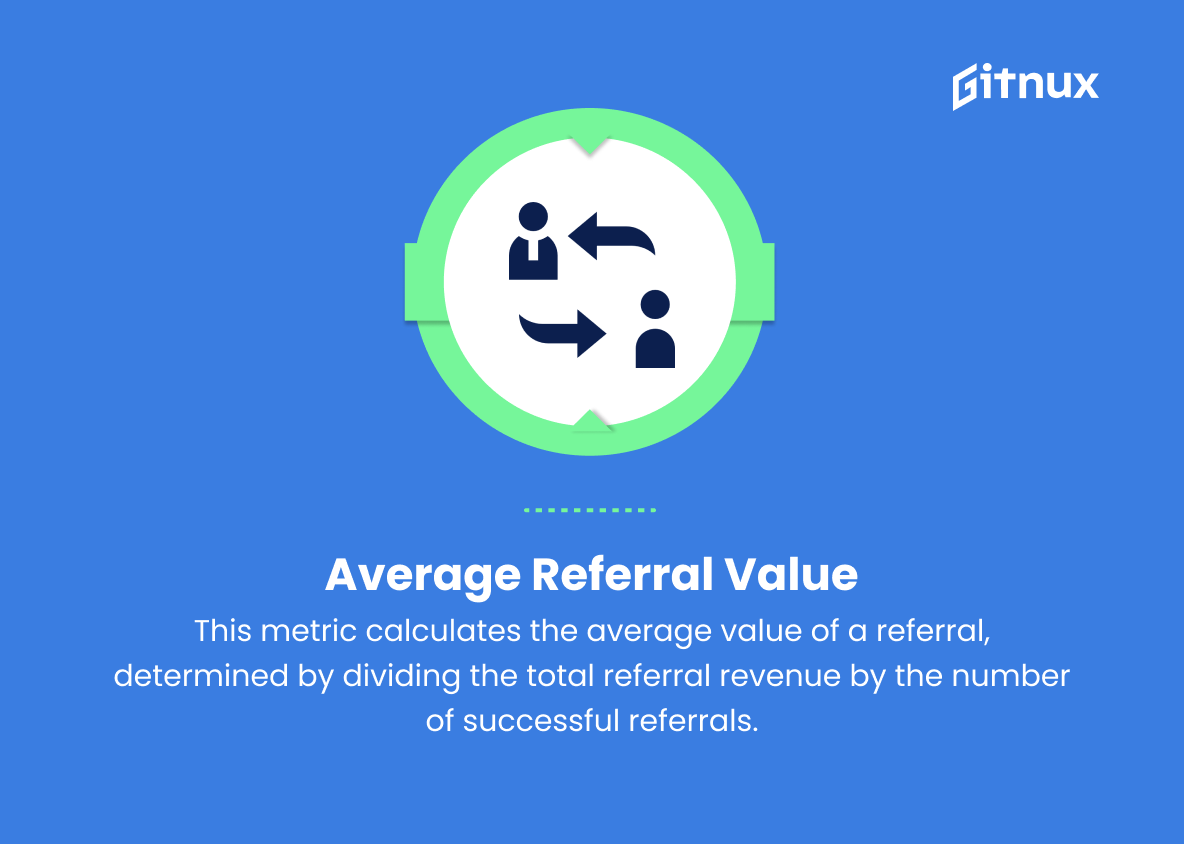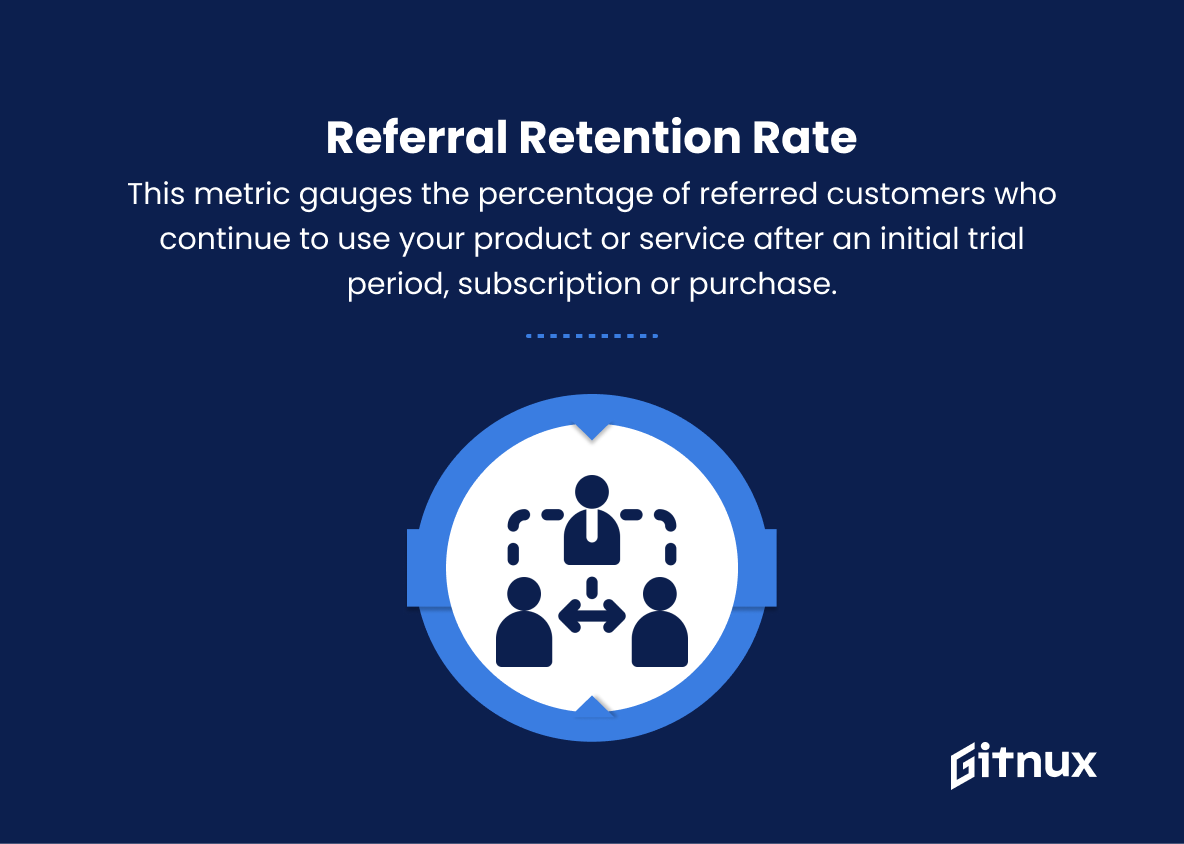In today’s highly competitive business landscape, effective referral programs have become an essential element of growth and success for organizations of all sizes. By leveraging the power of word-of-mouth marketing, these referral programs can contribute significantly to sustainable customer acquisition and improved brand advocacy. However, to truly maximize the potential of such strategic initiatives, businesses must consistently monitor their performance and outcomes through careful analysis of relevant referral program metrics.
In this blog post, we’ll delve deep into the crucial data points that can help you measure the success of your referral program, providing you with valuable insights for optimization and enhancement that will strengthen your organization’s overall marketing strategy. Join us as we explore the world of referral program metrics and discover how they can become a game-changer for your business.
Referral Program Metrics You Should Know
1. Referral conversion rate
This metric measures the percentage of referred users who convert into customers, taking into account the total number of referred users. It indicates the effectiveness of your referral program in driving conversions.
2. Referral source
This metric tracks the primary channels or platforms where referrals are generated, such as social media platforms, email, or blogs. It can help determine which channels are most effective at driving referrals and where to focus marketing efforts.
3. Number of referrals
This measures the total quantity of referred users obtained through the referral program. This metric can be used to evaluate the success of the program in attracting new users or potential customers.
4. Number of successful referrals
This metric counts the number of referrals that resulted in a successful conversion, subscription or purchase of your product or service. This data can be used to understand how effective your referral program is at driving revenue.
5. Time to conversion
This metric measures the amount of time from when a user is referred until they convert to a paying customer. Tracking this will help you understand how long it takes for referred users to make a purchase, and can help you optimize your referral program to encourage faster conversions.
6. Referral program cost
This reflects the total expenses involved in running the referral program, including discounts or incentives offered to customers and any marketing costs. Tracking this metric helps determine the return on investment (ROI) of the referral program.
7. Customer Lifetime Value (CLV) of referrals
This metric measures the estimated net profit generated from a referred customer during their entire relationship with the company. It helps assess the overall value of the referral program by estimating the long-term impact of referred customers on the business.
8. Number of active referrers
This metric measures the quantity of customers who are actively participating in the referral program by inviting others to use your product or service. Monitoring this metric can help gauge the level of engagement and satisfaction among your current customers.
9. Average referral value
This metric calculates the average value of a referral, determined by dividing the total referral revenue by the number of successful referrals. This helps understand the profitability of the referral program and informs future marketing efforts.
10. Referral retention rate
This metric gauges the percentage of referred customers who continue to use your product or service after an initial trial period, subscription or purchase. A high referral retention rate speaks to the quality of your offering and the effectiveness of your referral program in attracting long-term customers.
Referral Program Metrics Explained
Referral program metrics are crucial to assessing the effectiveness and profitability of your marketing efforts. They indicate the success of attracting new clients and driving conversions through referrals. By tracking referral conversion rates, sources, quantity, and success, a company gains insight into which channels work best for generating referrals and where to allocate resources. Time to conversion helps optimize referral programs by determining how long it takes referred users to convert, while program costs and customer lifetime value (CLV) provide essential data for ROI analysis.
Monitoring the number of active referrers and referral retention rate enables businesses to gauge current customer engagement, satisfaction, and the long-term impact of referral programs. Lastly, understanding the average referral value helps assess overall profitability, ultimately driving better decision-making for future marketing initiatives.
Conclusion
In closing, referral program metrics are crucial for understanding the success of your referral marketing strategy. By continuously monitoring key performance indicators such as referral conversion rates, lifetime value of referred customers, referral source, and participant engagement, you can make informed decisions to optimize your program for better results. Like any other marketing initiative, it requires persistence, adaptability, and a willingness to grow alongside the ever-changing landscape of customer preferences and digital technology.
Remember, successful referral programs are those that consistently deliver value to all stakeholders, so make sure to keep a close eye on your metrics to stay on track towards achieving your business goals.


